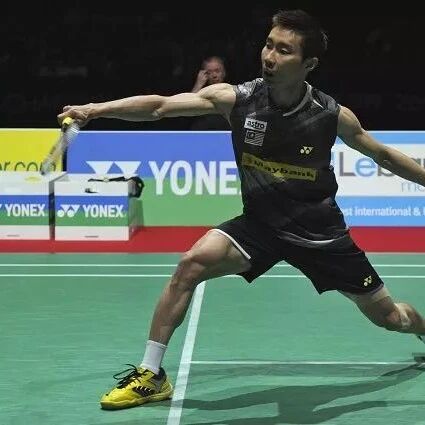If you want to play with less effort, make sure your swing technique is perfect!
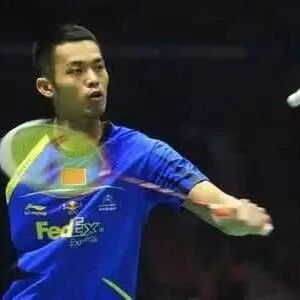

Executing a beautiful, dynamic shot in badminton requires both hands to work in unison—both gripping and swinging the racket are crucial throughout the process. A proper swing technique not only helps you fully unlock your potential but also conserves energy, allowing you to play at your best for longer.
1. Types of Racquet Techniques
▌Swinging Technique
Inside-out swing technique: The inside-out swing refers to the forearm rotating inward, which drives the racket to spin and strike the ball. Within the forehand range, this inward-rotating swing generates tremendous power and penetration. Even when executing an outside-in backhand stroke, players typically initiate the motion with an inward rotation first—this helps maximize the acceleration phase.
External rotation racket swing technique:An outward rotation swing involves rotating the forearm outward to generate spin on the racket as you strike the ball. The inward-outward rotation stroke, executed within and beyond the backhand range, is particularly powerful and devastating. When hitting a hard shot, it’s crucial to seamlessly combine both inward and outward arm rotations for maximum effectiveness.
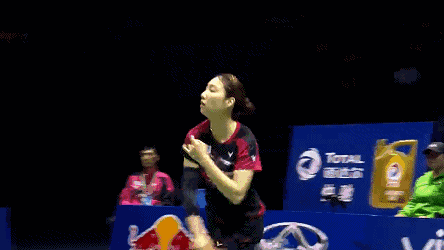
▲ Standard swing motion: Side step, racket setup, ball strike, and turn
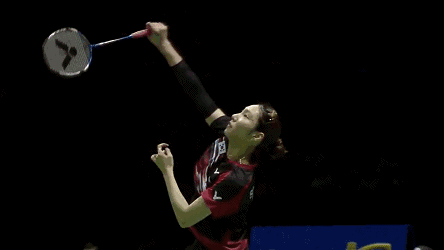
▲ Slow motion: After hitting the ball, rotate your wrist inward and grip the racket firmly.
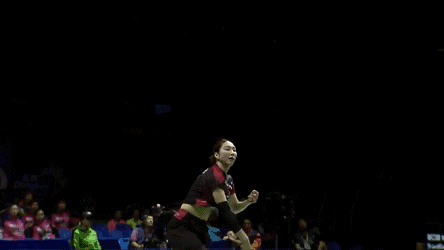
▲ Frontal appreciation: Turning around is absolutely essential!
2. How to Swing the Racquet Correctly
▌Shooting tip: Get the posture right!
First, spread your feet apart, and then let’s begin lifting the racket. As you lift, please keep the following points in mind.
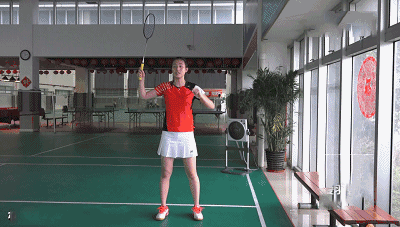
▲Racket face forward, facing the net
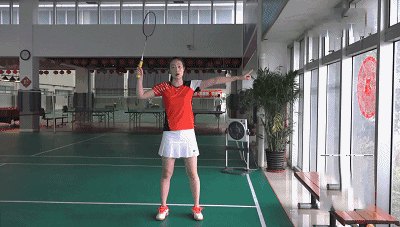
▲Your forearm should form a 90-degree angle with your upper arm, but make sure your forearm isn’t clamped too tightly—or stretched too far apart.
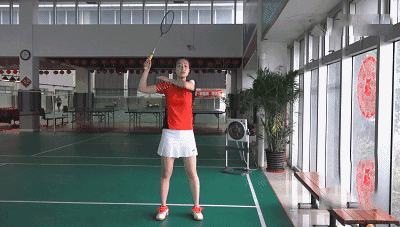
▲ Keep your upper arm parallel to your shoulder—don’t let it drop, but raise it too high.
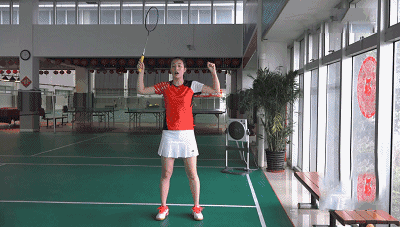
▲Your wrist must be kept upright.
Afterward, keep your non-racket hand raised slightly higher—just a bit above your right arm (the one holding the racket). This will create an overall "mountain"-shaped, tilted silhouette. Absolutely avoid having both arms at the same height; that would look awkward and unattractive. Instead, make sure the tilt is subtle yet deliberate—it’ll make all the difference in achieving a more balanced, visually appealing pose.
▌Backswing: Turn your body and elbow simultaneously
When initiating the backswing, turn your body along with your elbow—keeping your elbow naturally positioned at your side as it rises. Your arm and wrist should remain completely relaxed, allowing the racket to tilt backward naturally without any tension or force.
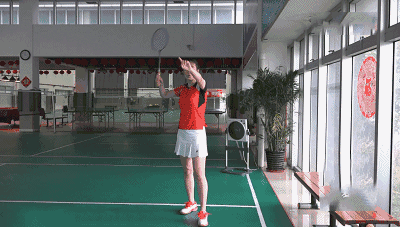
You don’t need to raise your elbows too high or too low, and there’s no need to press them right up against your ears. Some online video tutorials currently claim that the elbows must be kept close to the ears, but that’s actually unnecessary.
Because when you subsequently swing the racket with forearm power, if your arm is too close to your ear, the inward rotation becomes awkward, and at the same time, the point of impact will also shift away from directly above your head.
▌Directing the shot: Generate power by internally rotating the forearm as you strike the ball
Rotate your forearm inward to generate power when hitting the ball, and finally, grip the racket firmly just as it makes contact with the ball. After striking, let the racket naturally fall to your opposite side—never leave it on your same-side arm. Note the emphasis on forearm rotation for power; however, if you’re a beginner and still struggling to grasp this technique, you can start by using your upper arm to drive the forearm forward, accelerating the swing to hit the ball effectively.

Fixed-point swinging is the most fundamental technique in badminton. I recommend practicing your swings—whether during warm-ups or even at home while watching my video—to improve your form. Aim for 20 swings per set, and aim to complete 3 to 5 sets each day. With consistent practice, you’ll surely see significant benefits over time.
3. The Optimal Moment to Swing the Racquet
▌Tactics
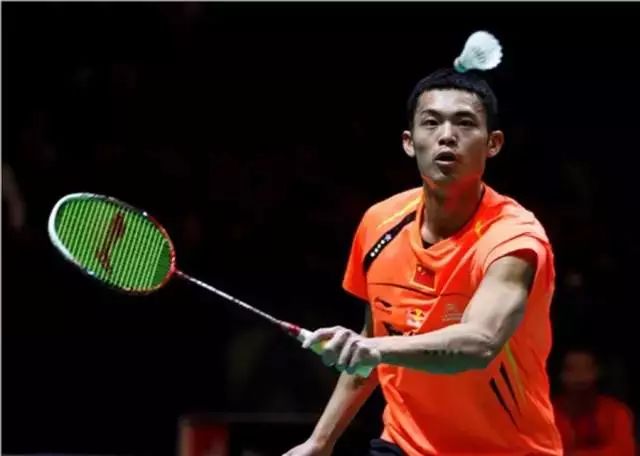
Some players tend to swing their racquets too early, resulting in missed shots—or, conversely, they may swing too slowly, failing to hit the ball at the moment when the racquet is moving fastest. To time your swing perfectly, you need to master the "lead"—that is, accurately anticipating and responding to your opponent's incoming ball speed and trajectory. Additionally, the wider your swing path, the more power and variety you’ll have in your shots.
4. Increase swing speed

▌Improve
The speed of a badminton swing is primarily linked to the accuracy and coordination of the hitting technique, as well as the quick strength generated by the forearm, wrist, and fingers. If the hitting technique is incorrect or uncoordinated, it will inevitably disrupt the body's ability to generate proper power during the stroke, significantly slowing down the swing. Therefore, refining and perfecting your technique while enhancing your overall body coordination is the key first step in improving your swing speed.
▌Boost strength training
Second, it is essential to strengthen training in speed-strength qualities, particularly focusing on enhancing and developing the explosive power of the forearm, wrist, and fingers—muscles critical for generating force during badminton shots.
▌Swinging Technique
Method 1: You can use techniques such as light-load wrist exercises, rapid neck extensions, and grip strength trainers to enhance the explosive power of your forearms, wrists, and fingers.
Method 2: You can improve the swing speed for flat smashes by practicing continuous, rapid wall hits. Alternatively, use a squash racket, soft tennis racket, or even a small dumbbell to perform various swinging exercises—each time enhancing the swing speed specific to your intended hitting motion.
5. Important Notes
1. Assess the speed of the incoming shuttlecock to time your swing accurately; initiate the backswing while staying relaxed—especially in your wrist—and then accelerate the racket motion, meeting the shuttlecock at the optimal impact point like a "comet colliding with Earth," transferring the racket's power into the badminton shuttlecock (while tightening your grip).
2. Follow-through motion (relaxed): Return the racket to its original position, holding it near the middle of your body at waist level. Then, externally rotate your forearm outward as you swing, using this rotation to generate power and strike the ball. The combination of inward and outward forearm rotations within the backhand range makes for a highly effective and powerful shot. When hitting with full force, it’s crucial to seamlessly blend both inward and outward arm rotations.
More article recommendations:
Details reveal skill—can you pass the little ball challenge?
In badminton matches, seemingly ordinary actions by athletes actually serve a big purpose!
In badminton doubles, these things are even more important than technique.
Zhao Jianhua, Yang Yang, and Li Mao have prepared over 100 lessons for everyone, covering techniques like badminton net shots, backhand cross-court hooks, smashes, and more. Click "Read the Original Article in the Bottom Left Corner." If you're looking to improve your badminton skills, don't miss this—this is a must-see!


